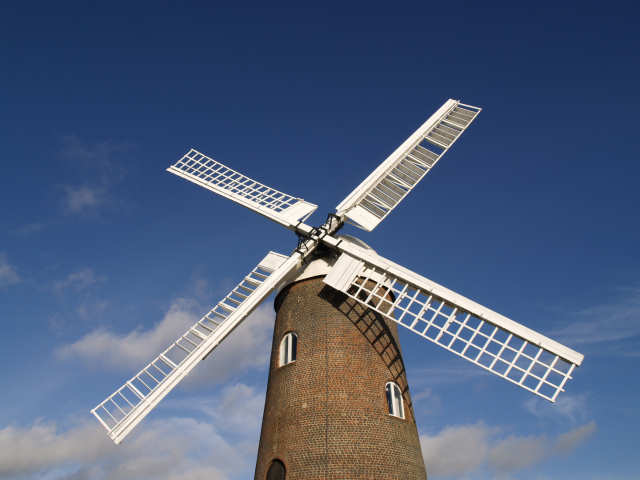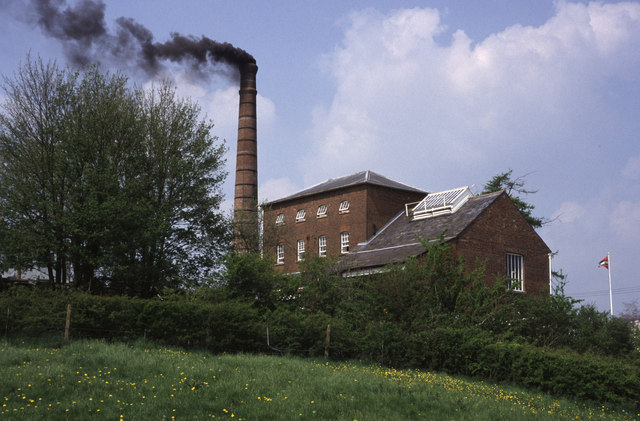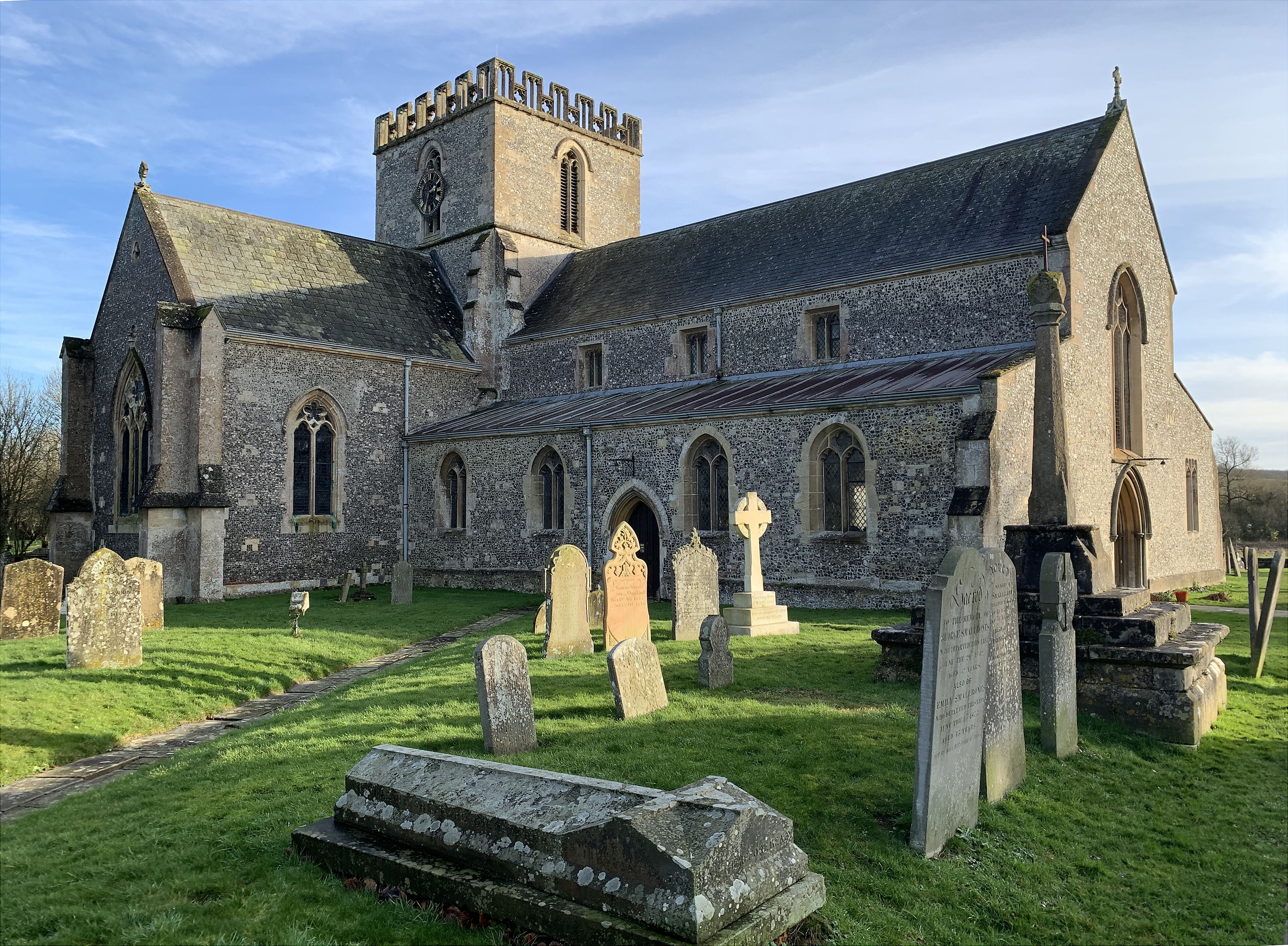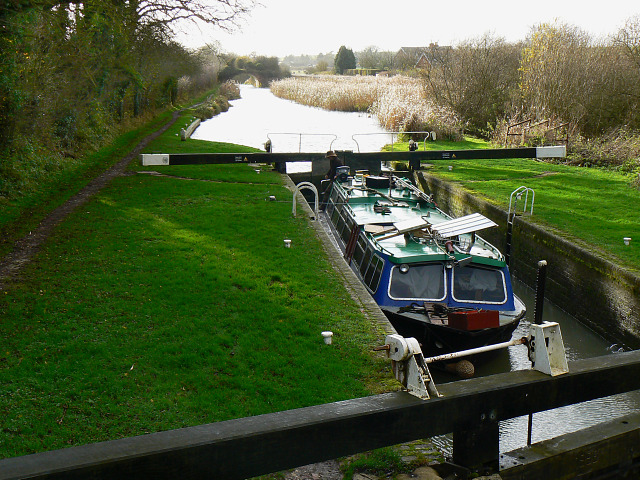Wilton Common
Downs, Moorland in Wiltshire
England
Wilton Common

Wilton Common is a picturesque area located in the county of Wiltshire, England. Situated amidst the stunning landscapes of the Downs and Moorland, it offers visitors a serene and tranquil escape from the hustle and bustle of urban life. Spanning over a vast expanse of land, the common is known for its diverse and rich flora and fauna.
The Downs of Wilton Common are characterized by rolling hills covered in lush green grass and dotted with vibrant wildflowers. This creates a breathtaking and idyllic backdrop for leisurely walks and picnics. Visitors can enjoy panoramic views of the surrounding countryside and the nearby River Wylye, which meanders through the area.
The Moorland section of Wilton Common is distinguished by its unique ecosystem. A mosaic of heather-covered heathlands, scattered woodlands, and peat bogs, it provides a haven for a variety of wildlife. Rare bird species such as curlews and red kites can be spotted soaring overhead, while the moorland's wet areas are home to reptiles like adders and grass snakes.
Wilton Common offers an array of recreational activities for nature enthusiasts. Walking trails and bridleways crisscross the area, allowing visitors to explore its natural beauty on foot, bike, or horseback. The common is also a popular spot for birdwatching, photography, and nature study.
The management of Wilton Common is overseen by local authorities and conservation groups to ensure the preservation of its natural habitats. Visitors are encouraged to respect the environment and follow designated paths to minimize their impact on the delicate ecosystem.
Overall, Wilton Common in Wiltshire is a haven for nature lovers, offering a harmonious blend of Downs and Moorland landscapes, abundant wildlife, and recreational opportunities in an unspoiled setting.
If you have any feedback on the listing, please let us know in the comments section below.
Wilton Common Images
Images are sourced within 2km of 51.359368/-1.603085 or Grid Reference SU2762. Thanks to Geograph Open Source API. All images are credited.











Wilton Common is located at Grid Ref: SU2762 (Lat: 51.359368, Lng: -1.603085)
Unitary Authority: Wiltshire
Police Authority: Wiltshire
What 3 Words
///clasps.oblige.constrain. Near Great Bedwyn, Wiltshire
Nearby Locations
Related Wikis
Wilton Windmill
The Wilton Windmill is a five-floor brick tower mill, standing on a chalk ridge between the villages of Wilton and Great Bedwyn in the southern English...
Crofton Pumping Station
Crofton Pumping Station, near the village of Great Bedwyn in Wiltshire, England, supplies the summit pound of the Kennet and Avon Canal with water. The...
Wilton Water
Wilton Water (or Wide Waters) is a small reservoir, southwest of the village of Great Bedwyn in the English county of Wiltshire, which supplies the summit...
Bedwyn Church Lock
Bedwyn Church Lock is on the Kennet and Avon Canal at Great Bedwyn, Wiltshire, England. The lock has a rise/fall of 7 ft 11 in (2.41 m). It is a Grade...
St Mary's Church, Great Bedwyn
The Church of Saint Mary the Virgin is the parish church of Great Bedwyn, Wiltshire, England, and a Grade I listed building. The church was built in the...
Great Bedwyn
Great Bedwyn is a village and civil parish in east Wiltshire, England. The village is on the River Dun about 4.5 miles (7.2 km) southwest of Hungerford...
Bedwyn railway station
Bedwyn railway station serves the village of Great Bedwyn in Wiltshire, England. It is 66 miles 33 chains (66.41 mi; 106.9 km) from the zero point at London...
Crofton Locks
Crofton Locks are a flight of locks on the Kennet and Avon Canal, near the village of Great Bedwyn, Wiltshire, England. The nine locks achieve a total...
Nearby Amenities
Located within 500m of 51.359368,-1.603085Have you been to Wilton Common?
Leave your review of Wilton Common below (or comments, questions and feedback).












